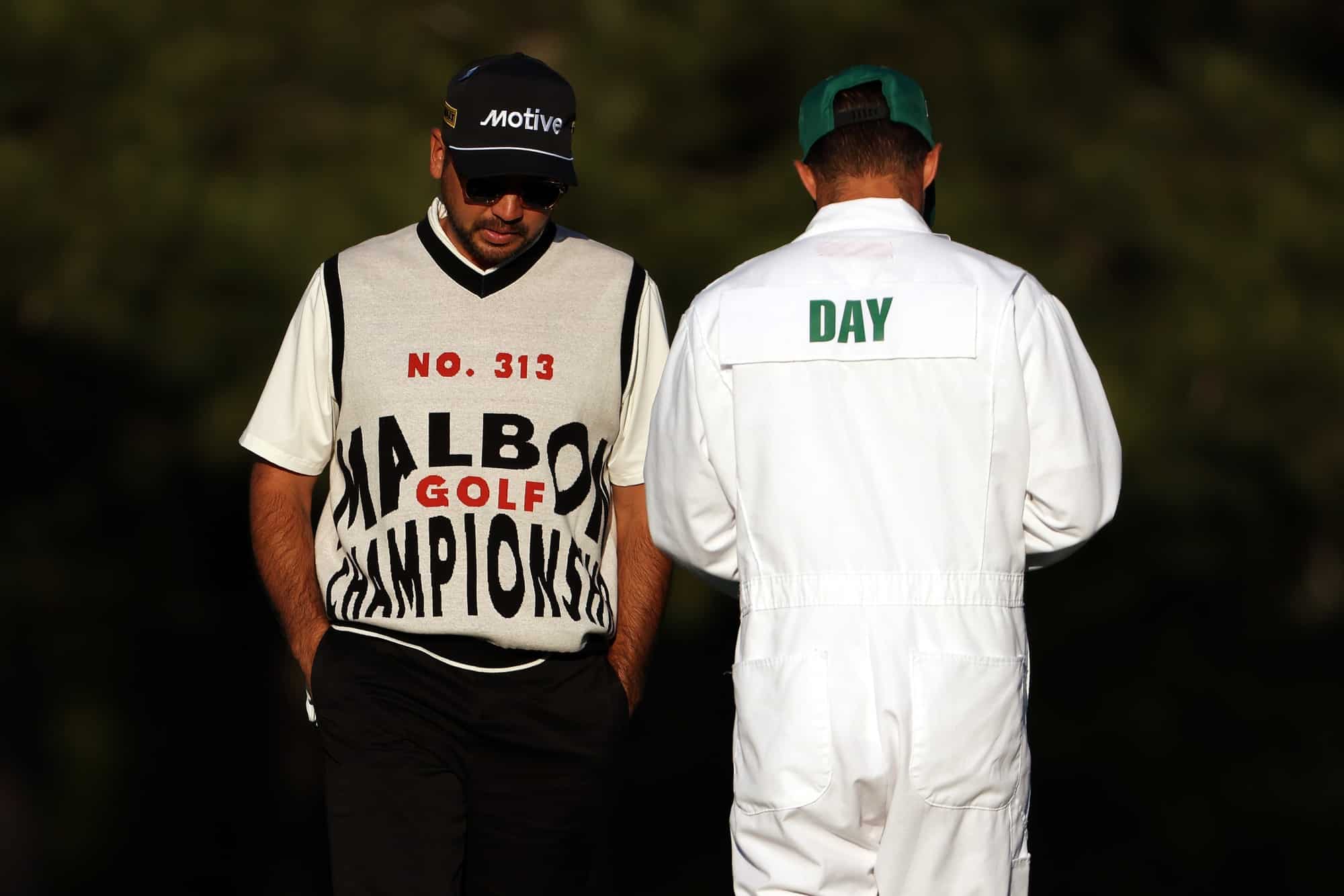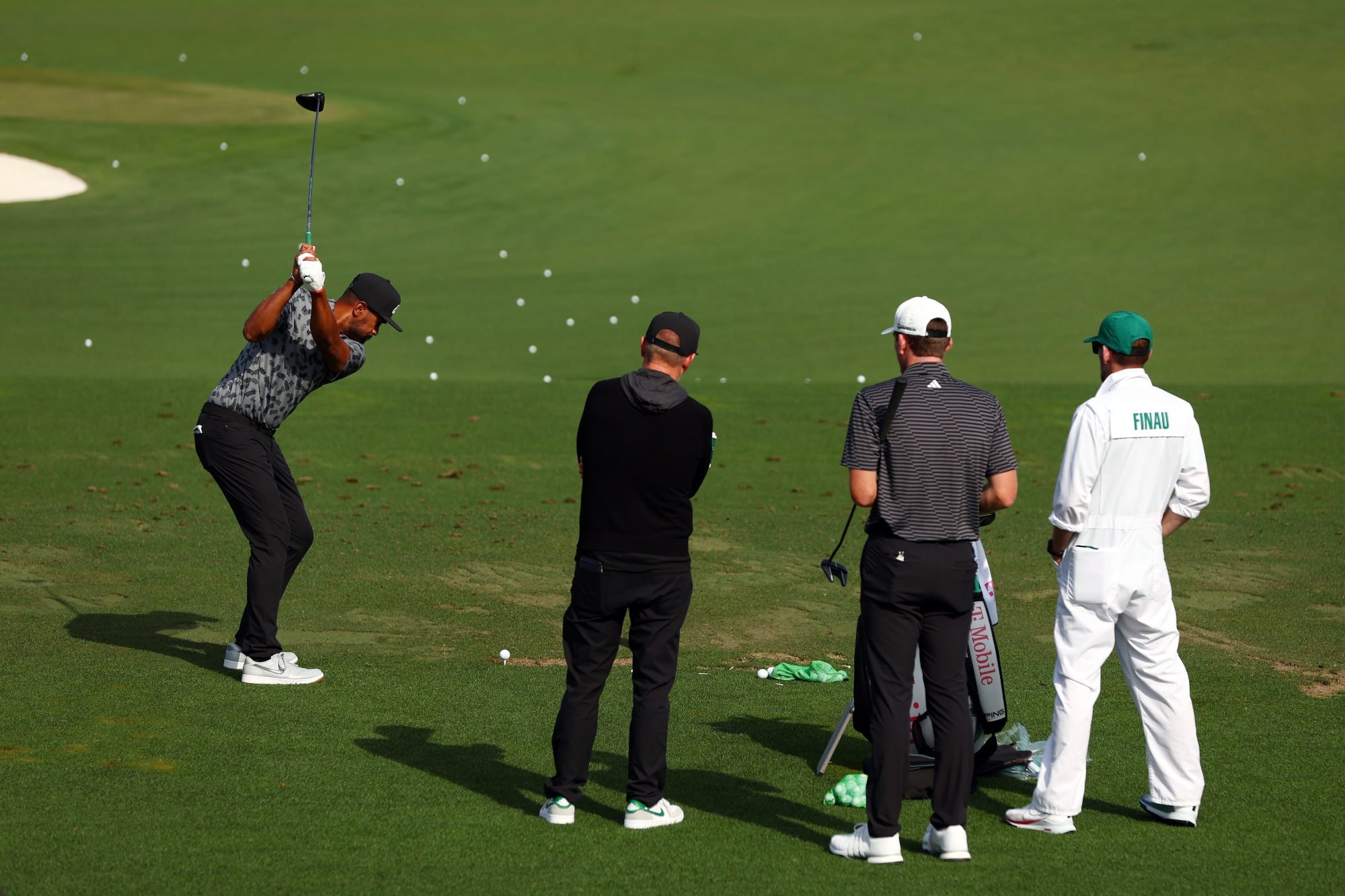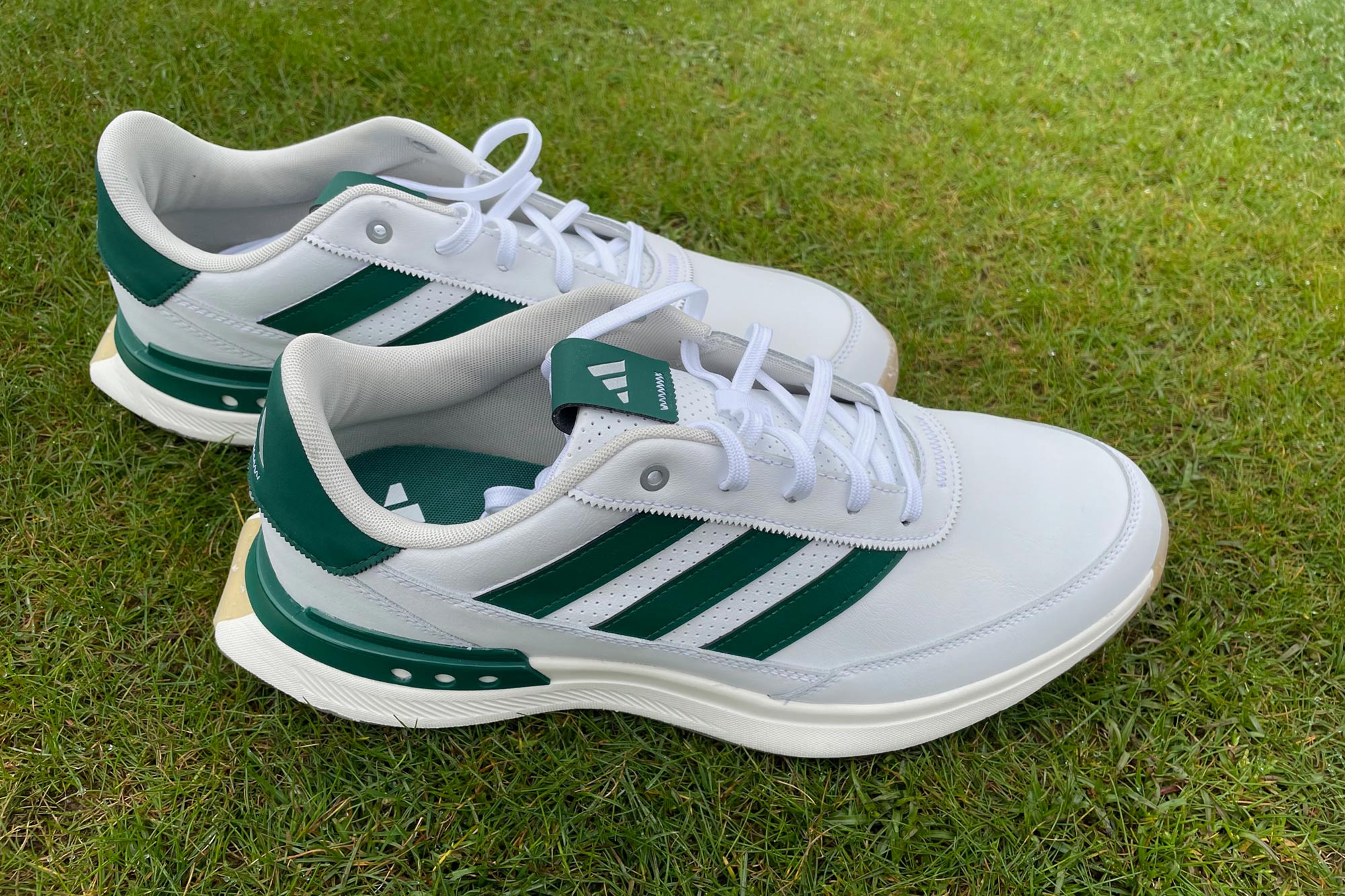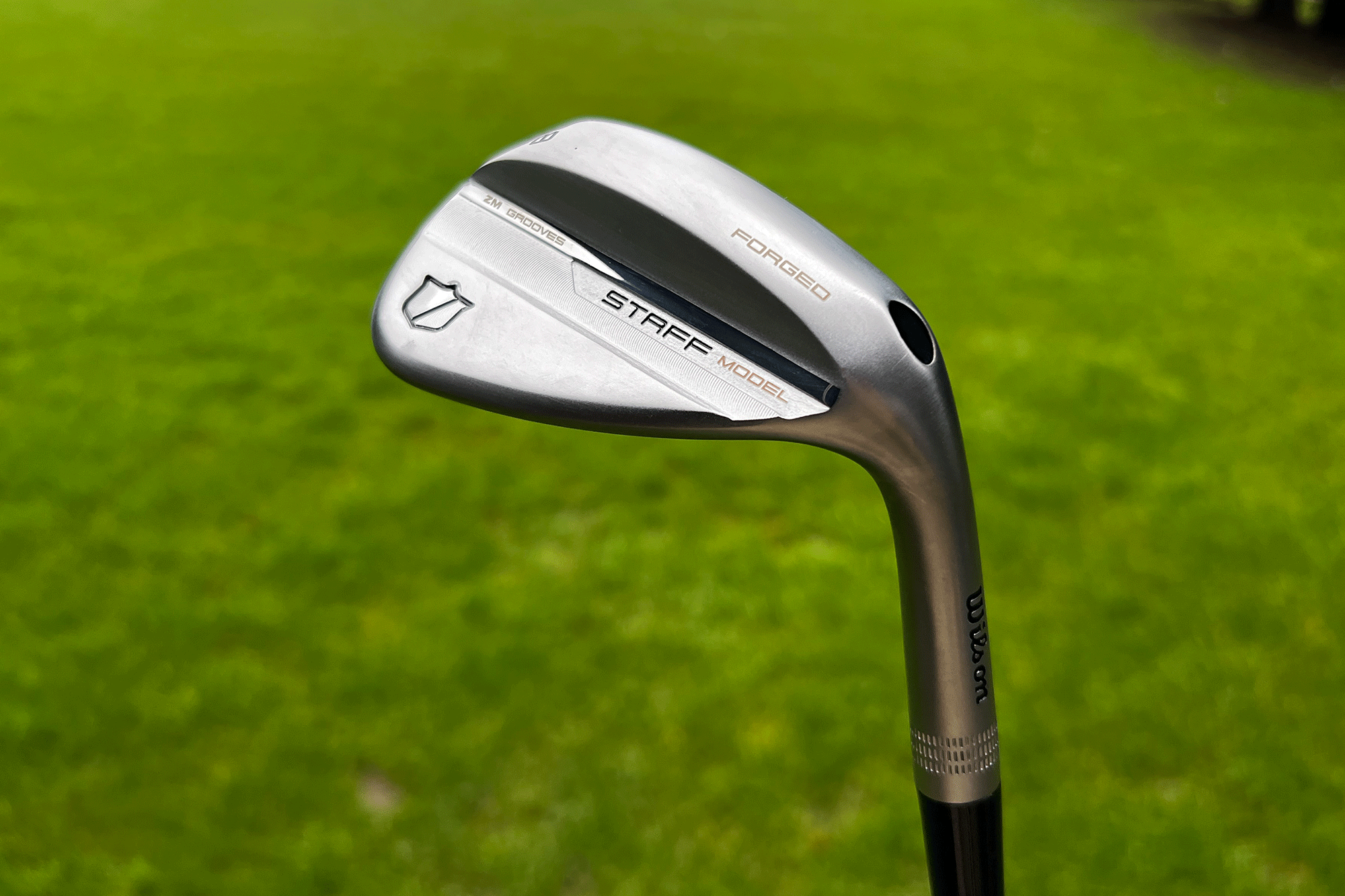
Five things from the latest USGA driving distance report
Golf’s governing bodies are officially concerned about how far players are driving the ball it has been revealed in the latest USGA driving distance report.
So much so, the R&A and the USGA have now committed to bringing forward proposals to improve procedures for the approval of new products.
So it seems we won’t be getting ‘rolled back’ golf balls or smaller driver heads but we can expect to see tougher regulation of new equipment that may cause a further rise in distances.
Everything that is on the market now, should remain legal. So breathe a sigh of relief if you’ve just splashed out £450 on a new driver.

And they have also stated that lengthening of courses is pretty much the last thing they or anyone else wants to do.
Both the USGA and the R&A began compiling stats in 2015 in a bid to identify any worrying trends surrounding driving distances and golf equipment.
The 2015 and 2016 reports, which looked at driving distances from 2003 onwards, noted an increase of around 0.2 yards per year.
With each of the last reports both the USGA and the R&A stated they were not concerned by these trends.

But the results of the 2017 edition, which looks at driving distances from seven worldwide tours, has noted an average gain of three yards since 2016.
“As noted in previous annual reports, variability in driving distance of four or more yards from season to season on any one tour is not uncommon,” the joint statement explains.
“However, this level of increase across so many tours in a single season is unusual and concerning and requires closer inspection and monitoring to fully understand the causes and effects.”
It is worth noting from the details below that average clubhead speeds are up to their highest-ever level.
Also, average launch angle is up and spin rate is down which proves players are technically hitting more optimal drives which is no doubt due to better fitting and better knowledge of how to hit it further.
Here are five things we’ve picked out from the report.
USGA driving distance report 2017 – What is the purpose of the report?
The USGA and and the R&A have something called a “joint statement of principles” surrounding advancements in golf equipment.
“It is of the greatest importance to golf’s continuing appeal that such advances are judged against a clear and broadly accepted series of principles,” the report states.

“The game has seen progressive developments in the clubs and balls available to golfers who, through almost six centuries, have sought to improve their playing performance and enjoyment.
“While generally welcoming this progress, the R&A and the USGA will remain vigilant when considering equipment rules.
“The purpose of the rules is to protect golf’s best traditions, to prevent an over-reliance on technological advances rather than skill, and to ensure that skill is the dominant element of success throughout the game.”
That all sounds fair enough to us.
USGA driving distance report 2017 – The numbers
The report is a 24-page document which compiles data from the PGA Tour, European Tour, Japan Golf Tour, Web.com Tour, PGA Tour Champions Tour, LPGA Tour and Ladies European Tour.
The headline numbers are that the average driving distance on the mens’ tours has increased by approximately 2.2% since 2003 until the end of the 2017 season.

There has been an increase of 0.75% on the ladies tours.
The largest overall increase in driving distance has taken place on the Web.com Tour which was over 10 yards longer in 2017 than it was in 2003.

The average driving distance on each of the mens’ tours monitored was longer than at the end of any previous season.
As well as distance, the report also looks at launch conditions. The PGA Tour numbers can be seen in the below table.

The report also contains some amateur data.
Overall, the average driving distance has increased from 200 yards in 1996 to 208 yards in 2017 with a maximum average distance of 217 yards being observed in 2005.

We can also see that driver usage among amateurs is increasing.
In 1996, 64% of shots hit by golfers (on holes you’d expect players to use driver) with handicaps between 13 and 20 were hit using a driver whilst only 54% of shots by a player with a handicap of 21 or higher used a driver.

In 2017, this percentage was 89% for the population with 93% of the 21+ handicap category using a driver.
USGA driving distance report 2017 – How are the stats gathered?
The average driving distance is typically measured on two holes at each tournament and can result in nearly 40,000 shots being measured over the course of a season on some tours.

The vast majority of players on the PGA Tour (94%) and European Tour (96%) use driver on the holes used for measuring driving distance.
USGA driving distance report – What are the governing bodies going to do?
The bodies will now “conduct a thoughtful conversation about the effects of distance prior to making any specific proposals”.
But it seems the focus will now be on future equipment regulation. So everything that is on the market now, should remain legal.

“The R&A and the USGA are concerned that, on an increasing number of occasions, new products are being developed and marketed which potentially run counter to the principles expressed in this statement.
“These product launches, without prior consultation with the governing bodies, can lead to considerable difficulties in formulating appropriate equipment rules and to undesirable conflicts between manufacturers and rule makers.
“The R&A and the USGA intend to bring forward proposals designed to improve procedures for the approval of new products.”
USGA driving distance report – NCG verdict
I don’t think there is anything for the club golfer to be worried about here.
And I think the tone of the statement is pretty much spot on.
The governing bodies are basically saying that not enough has been done by themselves and the equipment manufactures to ensure everything is in-keeping with the spirit and Rules of the game.
Has anyone broken the rules? We’re not saying that anyone intentionally has but maybe the boundaries have been pushed a little further than the protectors of the game would like?

Golf equipment, like any other technology is bound to evolve and improve. We have new materials and processes being used all the time so it’s natural to see some progression as a result.

But at the same time we have to look at other factors why distances have increased. Can we be sure that equipment is the biggest factor behind increases in distance over the past few years?
Players are fitter and stronger, they are fitted better, they have better knowledge of optimal launch conditions thanks to units like Trackman.

Average swing speeds are rising. If distances were rising but swing speeds were going down then I think we’d have a serious problem.
And it’s good to see both the USGA and the R&A keeping an open mind at this stage.
“Whether these increases in distance emanate from advancing equipment technology, greater athleticism of players, improved player coaching, golf course conditioning or a combination of these or other factors, they will have the impact of seriously reducing the challenge of the game,” the report states.
“The consequential lengthening or toughening of courses would be costly or impossible and would have a negative effect on increasingly important environmental and ecological issues. Pace of play would be slowed and playing costs would increase.”
But I’ll leave you with this conundrum. What if the authorities conclude that the reason golfers are hitting it further is purely down to them swinging it faster?
What if in two years time we see another 10 yards of distance but no evidence it is caused by advancements in equipment?
I’m sure the same arguments about the ball will just keep rolling on…
Have your say on the report in the comments section below.
James Savage
Former equipment editor of NCG. Inconsistent ball-striker and tea-maker.










